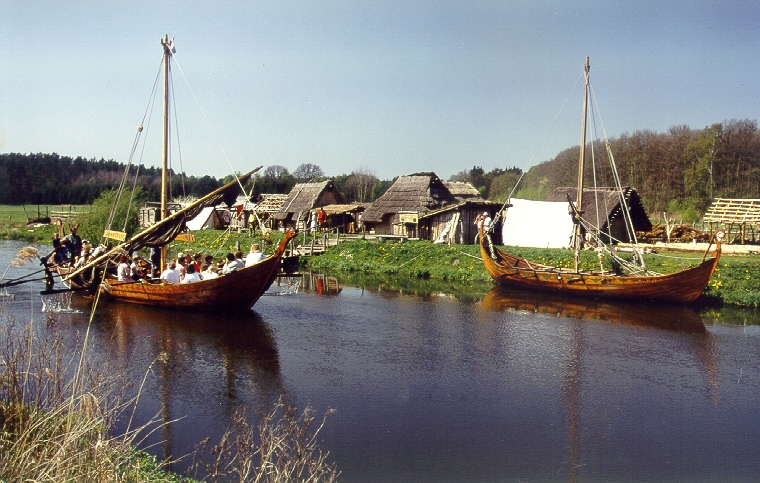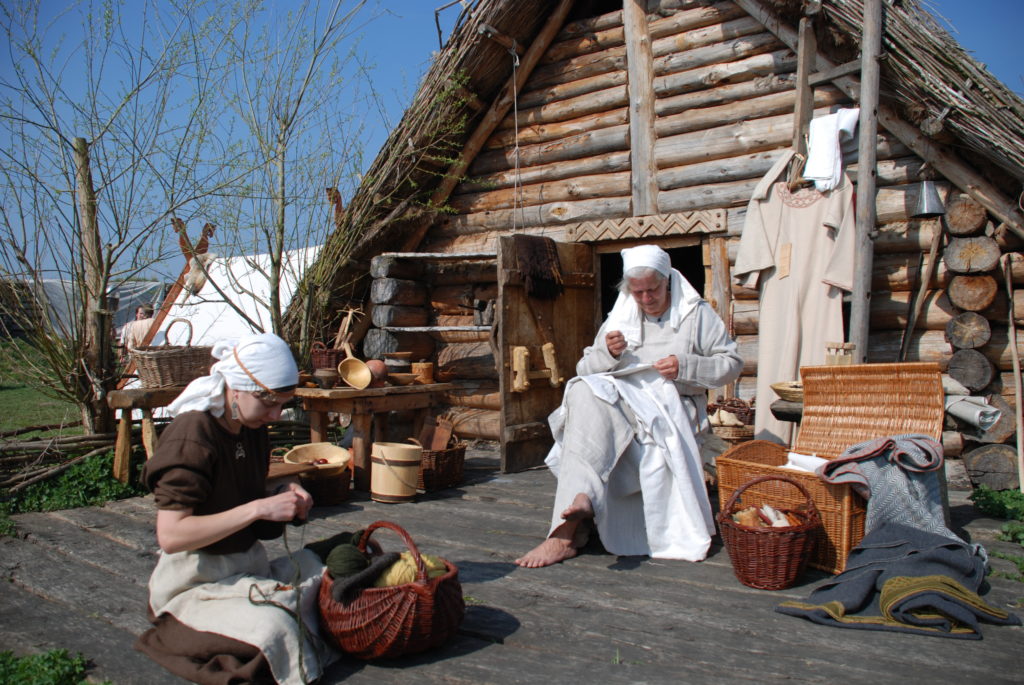A look into our slavic past
For centuries, the slavic people ruled over a vast territory – totay only a few traces of their culture and influence can be found in the region.

Little is known about the Slavs in the Brohmer and Helpter Mountains, as only a few archaeological digs have taken place here. It is to be assumed that many settlements and important artifacts still remain undiscovered. With what little we know today, everyday life of the people living here can be reconstructed.
The first settlers came to the region after the Weichselian Ice Age around 12,000 years ago. With the Völkerwanderung (migration of peoples) from the 4th to 6th century, Germanic tribes moved from the Ueckermünder Heide (Uechermünde Heath) area to the south and west. In the 6th and 7th century, western Slavs and Ukrani came to the partly deserted region. Amongst the Ukrani, belonging to the Wends, the tribe of the Veleti also settled here. But with the destruction of the Jarums Fort in Arkona in 1168, the downfall of the slavic tribes took its course.
Local tribes, as was happening all over Germany, were christianised, monasteries were founded and monastic orders took over. In subsequent Germanic settling, the tribes assimilated and eventually vanished.
What remains are the outlines and ruins of their fortresses and settlements. Ringforts or, like in Schanzenberg near Strasburg, large hilltop castles with wooden and earthen walls can still be visited. These structures were not only political, but also centres of commercial and cultic importance. Slavs cultivated the land, raised cattle and traded, they were known for their hospitality and their joy in singing.
They have indubitably left their mark on many places in the region – and our language. The designation Pomerania comes from the Slavic words “po more” – by the sea.
Further information can be found under
www.ukranenland.de

